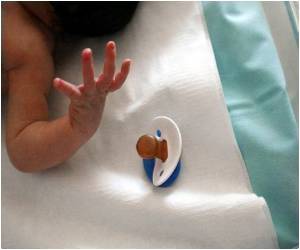Facial clues can help in detecting whether a person is sincerely sorry or faking regret.

When compared with those were genuinely sorry, participants who displayed false remorse exhibited more of the seven universal emotions (happiness, sadness, fear, disgust, anger, surprise, and contempt). The emotions displayed in facial expressions were further classified into three categories- positive (happiness), negative (sadness, fear, anger, contempt, disgust) and neutral (neutral, surprise). Researchers noticed that participants who were genuinely sorry did not swing directly from positive to negative emotions, but first went through neutral emotions. While those who were faking remorse made direct transitions from positive to negative emotions.
The findings of this study have important implications for forensic psychologists, parole officers and legal decision-makers as they need to assess the truthfulness of remorseful displays and look for genuine remorse before sentencing or releasing decisions.
Source-Medindia









